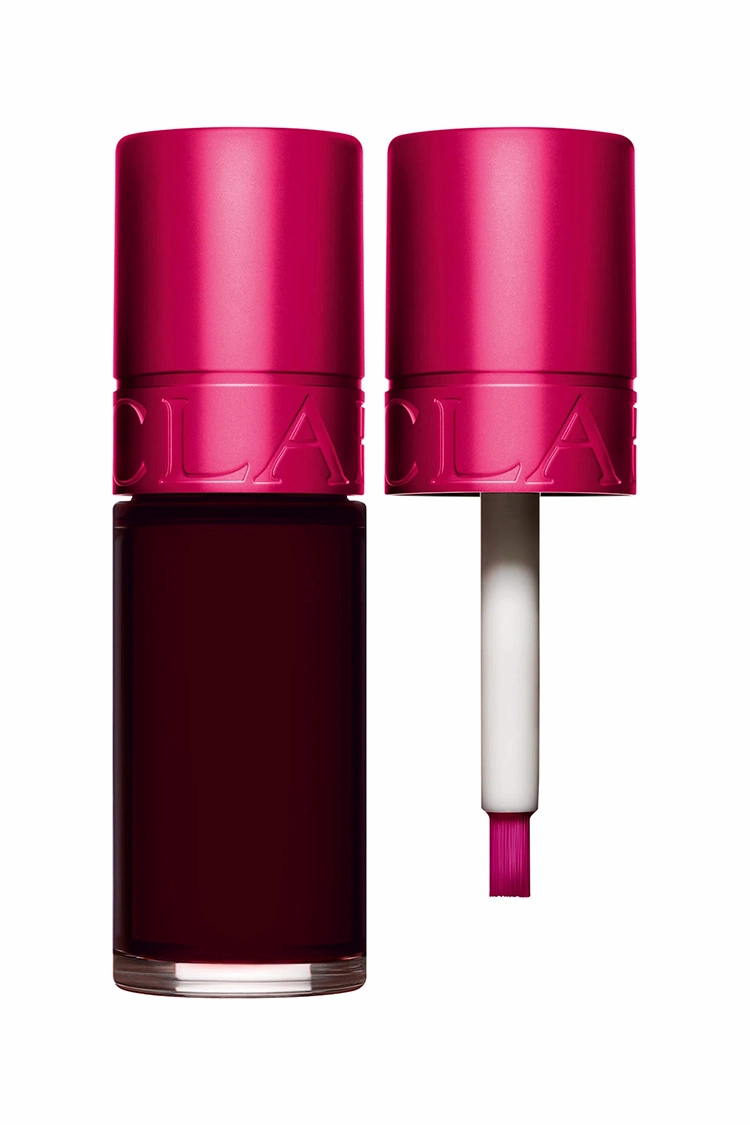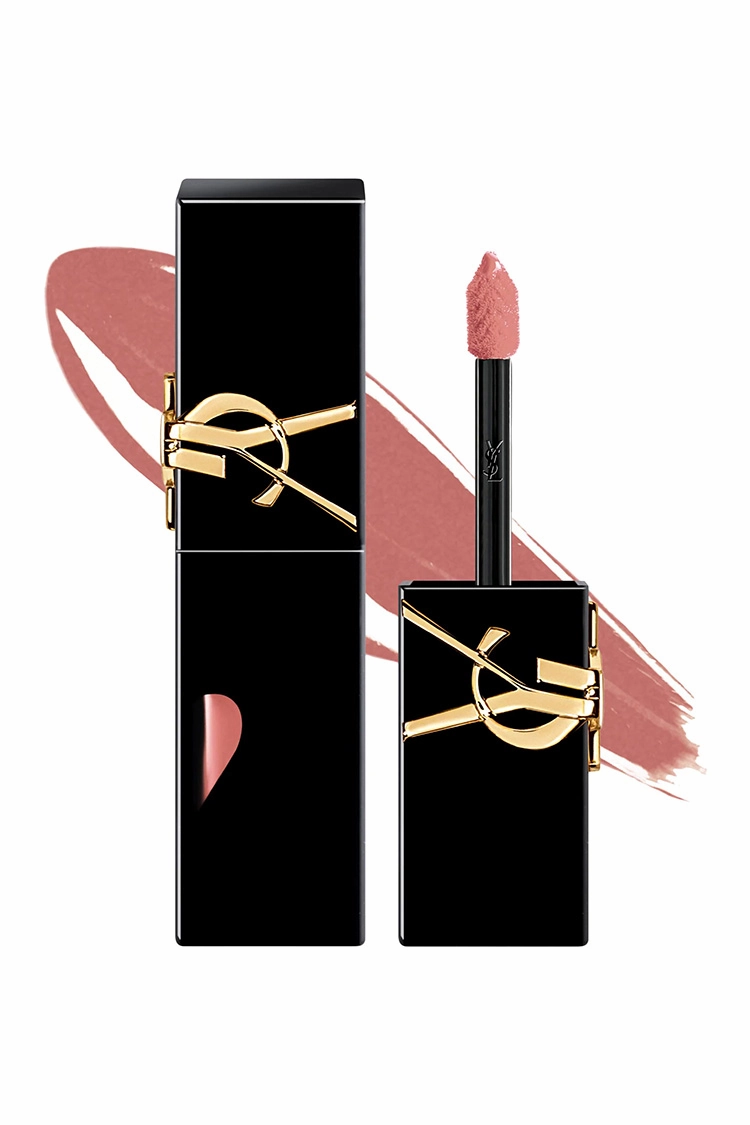
We thoroughly assess all products before recommending them. We may be compensated if you choose to buy through links on our site.
Question: Is Lip Stain Safe?
Answer: Yes, lip stains from reputable brands are safe and regulated. Some formulas can be drying, and potential allergic reactions to dyes may occur. It’s always wise to check ingredients and perform a patch test before using a new product.
Understanding the Safety of Your Favorite Lip Stain
You love the look of a lip stain. It provides a vibrant, long-lasting wash of color that stays put through coffee, lunch, and even a quick smooch. This staying power is what makes it a staple in so many makeup bags. But as you swipe on that perfect cherry red, a question might cross your mind: is lip stain safe? It is a valid concern, especially for a product that you apply directly to your lips and may inadvertently ingest throughout the day. We are here to explore that question. We will examine the ingredients inside your favorite formulas, explain the regulations that govern them, and provide tips for using them safely. You can feel confident about the products you use. So, let’s get into the details of what makes a lip stain work and how you can enjoy that beautiful, budge-proof color without worry.

Best Lip Stain
Lip Stain
From gentle toning to intense color correction, these lip stains offer targeted solutions for blonde and highlighted hair...
Decoding the Ingredient List
To understand the safety of any cosmetic, we must start with its ingredients. Lip stains achieve their signature staying power through a unique combination of components. The primary ingredient is often a solvent, like water or cosmetic-grade alcohol. This solvent acts as a carrier for the colorants, allowing you to apply the product smoothly and evenly. As the solvent evaporates, it leaves the pigment behind, which temporarily stains the top layers of your skin. This process is different from traditional lipstick, which sits on top of the lips as a layer of wax and oil. The colorants themselves are key to the product’s function. These are typically synthetic dyes approved for cosmetic use. They are potent and provide that vibrant, saturated look we all crave. You will find them listed on the ingredient label with names like Red 28, Yellow 5, or Blue 1.
Beyond solvents and dyes, lip stains contain other important ingredients. Many formulas include film-formers. These ingredients create a thin, flexible film over the pigment to help lock it in place and prevent it from transferring. Humectants, such as glycerin or hyaluronic acid, are also common additions. These ingredients attract moisture from the air to your lips, helping to counteract the drying effect that some solvents, like alcohol, can have. Preservatives are also essential. They prevent the growth of bacteria, mold, and yeast in the product, keeping it safe to use for its entire shelf life. Understanding these basic components helps you appreciate how a lip stain works. It also gives you the foundation to identify which ingredients might be a concern for your personal skin type and sensitivities. A quick scan of the label is your first step to making a smart purchase.
Related Article: How Long Should You Let Lip Stains Sit?
Related Article: When to Throw Out a Lip Stain?
Potential Irritants and Allergens to Watch
While most people use lip stains without any issues, some ingredients can cause irritation or allergic reactions in sensitive individuals. One of the most common culprits is fragrance. Brands add synthetic fragrances to make products smell pleasant, but they can be a major source of skin sensitivity. If you have sensitive skin, choosing a fragrance-free lip stain is always a good idea. Another area of concern involves certain colorants. While cosmetic dyes are regulated for safety, a small percentage of people may have an allergic reaction to specific ones, particularly some red dyes. This type of reaction is known as allergic contact dermatitis and can result in redness, swelling, itching, or small blisters on and around the lips.
Preservatives, while necessary for product safety, can also be a source of irritation for some. Ingredients like parabens and formaldehyde-releasers have been topics of discussion, though regulatory bodies consider them safe at approved concentrations. However, if you know you are sensitive to certain preservatives, you should carefully check labels. The alcohol in many long-wear formulas can also be a problem. It helps the stain dry quickly but can strip moisture from your lips, leading to dryness, chapping, and peeling. To prevent this, you can apply a hydrating lip balm before the stain or choose an alcohol-free formula. The best way to know if a product will work for you is to perform a patch test. Apply a small amount of the lip stain to a discreet area of skin, like your inner arm, and wait 24 to 48 hours. If you see no signs of redness or irritation, the product is likely safe for you to use on your lips.
The Role of Regulations in Beauty
When you ask, “is lip stain safe?”, you are also asking about the systems that protect you as a consumer. In the United States, the Food and Drug Administration (FDA) regulates cosmetics under the authority of the Federal Food, Drug, and Cosmetic Act. The FDA has specific rules for color additives, which are a core component of lip stains. Each colorant used in cosmetics must be approved by the FDA for its intended use. This means the dyes in your lip stain have undergone review for safety when applied to the skin. The FDA also prohibits the marketing of adulterated or misbranded cosmetics, meaning products must be free of contaminants and their labels must be truthful and not misleading. This includes the ingredient list, which must declare all components in descending order of concentration.
In the European Union, the regulations are even more stringent. The EU Cosmetics Regulation requires a comprehensive safety assessment for every cosmetic product before it can be sold. It has also banned or restricted the use of over 1,300 chemicals in cosmetics, a list much longer than the FDA’s. Many global brands formulate their products to meet these strict EU standards, which benefits consumers worldwide. These regulations ensure that the lip stains you buy from reputable brands are manufactured in a clean environment and do not contain prohibited, harmful substances. However, it is important to remember that these regulations do not require pre-market approval for most cosmetic products, unlike drugs. The responsibility for ensuring product safety ultimately falls on the manufacturer. This is why buying from established, transparent brands that adhere to Good Manufacturing Practices is a key part of using cosmetics safely.
Choosing Safer Lip Stain Options
With so many lip stains on the market, you have the power to choose one that aligns with your comfort level and skin needs. Making an informed choice is the best way to ensure your beauty routine is a safe one. A great starting point is to look for products from reputable brands that are transparent about their ingredient philosophies. Many companies now provide detailed information on their websites, explaining what is in their products and why. This transparency is a positive sign that the brand takes consumer safety seriously. You can also look for specific claims on the packaging, but it is important to understand what they mean.
Here are some things to look for when shopping for a safe lip stain:
Hypoallergenic Products
This term suggests a product is less likely to cause an allergic reaction. While there is no federal standard for this claim, brands that use it typically avoid common allergens like fragrance and certain dyes.Dermatologist-Tested Formulas
This means a dermatologist has supervised a test of the product on human skin. It adds a layer of confidence, but it does not guarantee you will not have a reaction.Fragrance-Free Options
As mentioned, fragrance is a top irritant. Opting for fragrance-free lip stains significantly reduces your risk of a reaction, especially if you have sensitive skin.Clean and Conscious Beauty
Many brands now focus on “clean” formulations. This term is not regulated, but it usually means the brand avoids certain controversial ingredients like parabens, phthalates, and sulfates. Research what “clean” means to a specific brand to see if it matches your preferences.
Ultimately, the best choice is personal. Reading reviews, checking ingredient lists against any known sensitivities you have, and patch testing new products are all excellent habits. These steps empower you to find a fantastic lip stain that gives you beautiful, long-lasting color without compromising your peace of mind.
Best Practices for Application and Removal
How you use your lip stain is just as important as the product you choose. Proper application and removal techniques can prevent irritation and keep your lips healthy and smooth. Before you even think about applying color, you must prep your lips. A lip stain will cling to any dry patches, resulting in a patchy, uneven finish. It can also worsen dryness. Start by gently exfoliating your lips with a soft washcloth or a mild lip scrub to create a smooth canvas. Follow up immediately with a hydrating, non-greasy lip balm. Let the balm absorb for a few minutes before blotting away any excess. This prep step ensures the stain glides on evenly and minimizes potential drying effects. Never apply a lip stain to chapped, cracked, or broken lips, as this can cause stinging and severe irritation.
Gentle and Effective Removal
The long-lasting nature of lip stains means they can be difficult to remove. The key is to be gentle. Harshly scrubbing your lips can damage their delicate protective barrier, leading to sensitivity and chapping. Instead of using a standard makeup wipe, which often requires a lot of rubbing, opt for an oil-based cleanser or a dual-phase makeup remover. Oils are excellent at breaking down stubborn pigments. Apply the remover to a cotton pad and hold it on your lips for 30 seconds to a minute. This gives the product time to dissolve the stain. After, gently wipe the color away. You may need to repeat the process once or twice. Once all the color is gone, your routine is not over. Finish by applying a thick, nourishing lip mask or balm before bed. This will rehydrate and repair your lips overnight, ensuring they are ready for whatever look you choose the next day.
When to Consult a Professional
Even with careful product selection and proper use, a reaction can sometimes occur. It is important to know the signs that indicate you should stop using a product and consult a professional. If you experience mild, temporary dryness after using a lip stain, you can usually manage it at home with hydrating lip balms and by giving your lips a break from the product for a few days. However, if you develop more significant symptoms, it is time to seek advice. Pay attention to persistent redness, swelling, or a burning sensation on or around your lips. The appearance of small, itchy blisters or a rash is also a clear sign of a potential allergic reaction, specifically allergic contact dermatitis. If your lips become severely chapped, cracked, or start to peel in sheets, this indicates a strong irritant reaction that needs attention.
If any of these more severe symptoms appear, you should stop using the suspected product immediately. Do not try to treat it with other cosmetic products. You can apply a simple, bland emollient like petroleum jelly to soothe the area. If the symptoms do not improve within a day or two, or if they are severe, make an appointment with your doctor or a board-certified dermatologist. When you go to your appointment, bring the lip stain with you. Having the product and its packaging allows the doctor to examine the ingredient list. This information is crucial for identifying the potential allergen or irritant. A dermatologist may perform a patch test to confirm the allergy, which can help you avoid that ingredient in all future cosmetic purchases. Taking these steps ensures you get the right treatment and helps protect your skin’s health in the long run.
Conclusion
So, are lip stains safe? For most people, the answer is a resounding yes. Reputable brands follow strict safety regulations to create products that you can use with confidence. The key to a positive experience lies in being a smart consumer. By reading ingredient lists, understanding your own skin sensitivities, and practicing proper application and removal, you can enjoy that flawless, long-lasting color you love. Remember to prep your lips before application and be gentle during removal. And if you ever experience a reaction, do not hesitate to consult a professional. Makeup should be fun and empowering, and with a little knowledge, you can ensure your beauty routine is as safe as it is stunning.


